| [1]Semavina M,Saha N,Kolev MV,et al.Crystal structure of the Nogo-receptor-2. Protein Sci.2011;4:684-689.
[2]Hui SP, Monaghan JR, Voss SR, et al. Expression pattern of Nogo-A,MAG,and NgR in regenerating urodele spinal cord. Dev Dy-namics.2013;7:847-860.
[3]Schmandke A,Schmandke A,Schwab ME. Nogo-A multiple roles in CNS development,maintenance,and disease. Neuroscientist.2014;4:372-386.
[4]David S,Zarruk JG,Ghasemlou N. Inflammatory pathways in spinal cord injury. Inter Rev Neurobiol,2011,106:127-152.
[5]Song F,Tian M,Zhang H. Molecular imaging in stem cell therapy for spinal cord injury. Biomed Res Int.2014:759514.
[6]崔学文,刘自文.脊髓损伤后髓鞘相关抑制因子的作用机制及基因治疗现状[J].中国矫形外科杂志,2012,20(2):141-143.
[7]文灿,黄河,王晗知,等.脊髓腹翻神经元的存化培养与鉴定[J].局解手术学杂志,20l0,19(6):455-458.
[8]Zeredo ZL, Toda K, Kumei Y. Neuronal Activity in the Subthalamic Cerebrovasodilator Area under Partial-Gravity Conditions inRats. Life (Basel). 2014;4(1):107-16.
[9]Parry PV, Engh JA. Promotion of neuronal recovery following experi-mental SCI via direct inhibition of glial scar formation. Neurosur-gery.2012;6:10-11.
[10]Xie W,Strong JA,Zhang JM,et al. Increased excitability And spontaneous activity of rat sensory Neurons folowing in vitro stimulation of sympathetic fiber sprouts in the isolated dorsal root ganglion. Pain.2010;151:447-459.
[11]Deng X, Li M, Ai W, et al. Lipolysaccharide-Induced Neuroinflammation Is Associated with Alzheimer-Like Amyloidogenic Axonal Pathology and Dendritic Degeneration in Rats. Adv Alzheimer Dis. 2014;3(2):78-93.
[12]李念龙,于占革.骨髓间充质干细胞移植治疗脊髓损伤的研究进展[J].中国矫形外科杂志,2012,20(4):343-345.
[13]Wada T, Honda M, Minami I, et al. Highly efficient differentiation and enrichment of spinal motor neurons derived from human and monkey embryonic stem cells. PloS One.2009;8:e6722.
[14]Oliveri RS, Bello S, Biering-Sorensen F. Mesenchymal stem cells improve locomotor recovery in traumatic spinal cord injury: systematic review with meta-analyses of rat models. Neurobiol Dis.2014;62:338-353.
[15]Wang BG, Zhu QS, Man XX, et al. Ginsenoside Rd inhibits apoptosis following spinal cord ischemia/reperfusion injury. Neural Regen Res. 2014;9(18): 1678-1687.
[16]Du A, Jiang H, Xu L, et al. Damage of hippocampal neurons in rats with chronic alcoholism. Neural Regen Res. 2014; 9(17):1610-1615.
[17]Jiang M, Kang L, Wang Y, et al. A metabonomic study of cardioprotection of ginsenosides, schizandrin, and ophiopogonin D against acute myocardial infarction in rats. BMC Complement Altern Med.2014;14:350.
[18]Lin M, Zhang BX, Zhang C, et al. Ginsenosides Rb1 and Rg1 Stimulate Melanogenesis in Human Epidermal Melanocytes via PKA/CREB/MITF Signaling.Evid Based Complement Alternat Med.2014:892073.
[19]Huang SL, He XJ, Li ZF, et al. Neuroprotective effects of ginsenoside Rg1 on oxygen-glucose deprivation reperfusion in PC12 cells.Pharmazie. 2014;69(3):208-211.
[20]Emoto Y, Yoshizawa K, Kinoshita Y, et al. Green Tea Extract-induced Acute Hepatotoxicity in Rats. J Toxicol Pathol. 2014;27(3-4):163-174.
[21]Victor MB, Richner M, Hermanstyne TO, et al.Generation of Human Striatal Neurons by MicroRNA-Dependent Direct Conversion of Fibroblasts. Neuron. 2014;84(2):311-323.
[22]Drouin-Ouellet J, Barker RA. Stem cell therapies for Parkinson's disease: are trials just around the corner. Regen Med. 2014;9(5):553-555. |
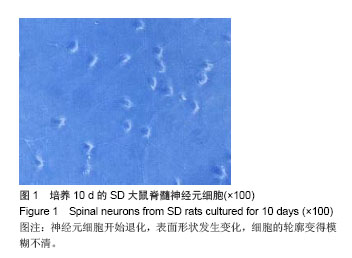
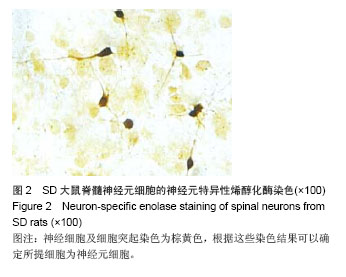
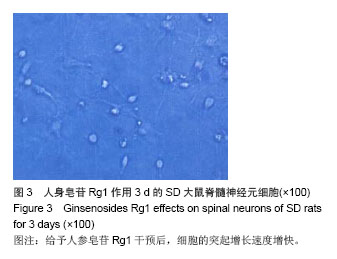
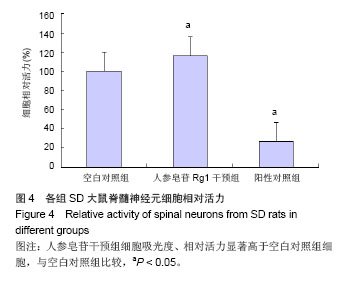
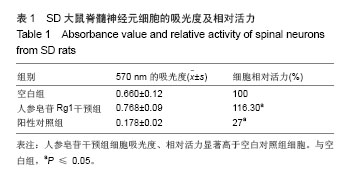
.jpg)